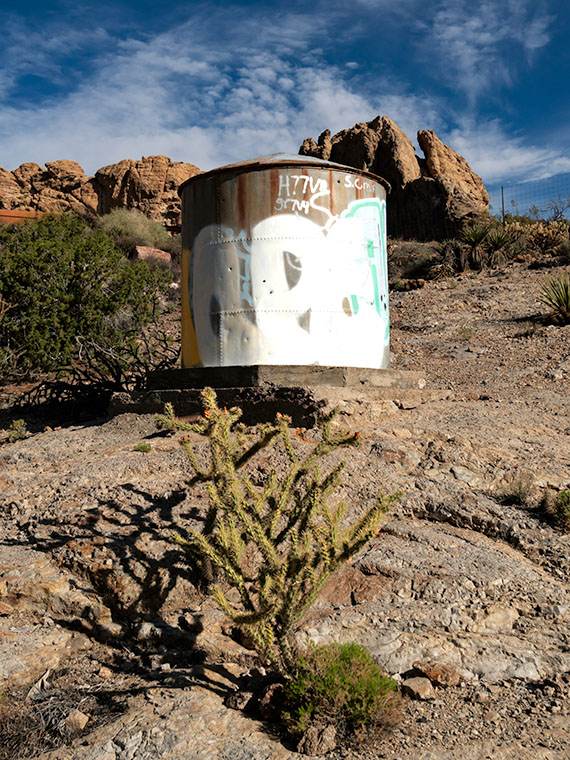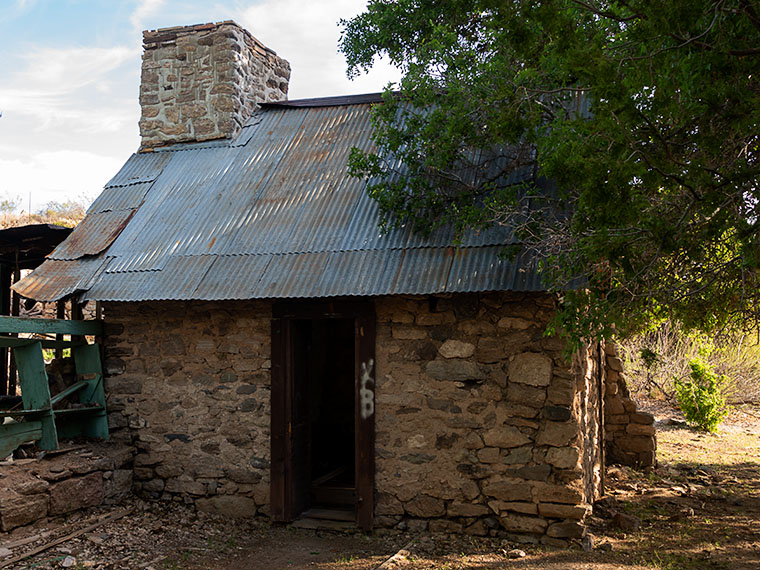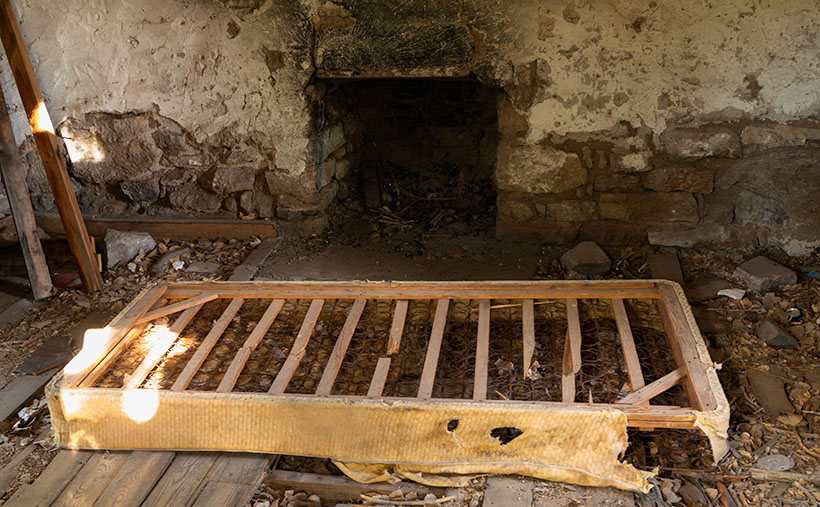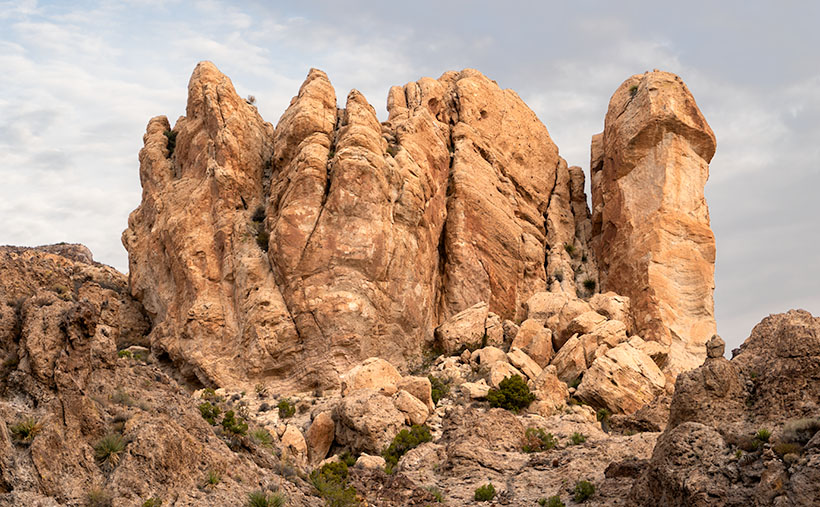
It’s a miracle! We changed seasons on Tuesday, and Thursday night, we had our first summer rain. Getting rain during summer isn’t unusual, but getting it so soon was. It was nice to break our six-month dry spell finally. It wasn’t a deluge but enough to tamp down the dust.
Our storm cell came through at 1:00 am, and I listened to the thunder approaching in bed. The weather service says that you can tell how far away the strikes are by counting the time between the flash and the thunderclap. “If you count the number of seconds between the flash of lightning and the sound of thunder, and then divide by 5, you’ll get the distance in miles to the lightning: 5 seconds = 1 mile, 15 seconds = 3 miles, 0 seconds = very close.” As I lay in bed, I counted one, two, three …, then there were a couple of strikes where I didn’t get to finish the one. That’s when I got up.
When I did, Queen Anne was already outside—in the dark—dressed in a T-shirt and flip-flops moving flower pots around so the rain could water them. I scolded and reminded her about the 3 S’s (snakes, spiders, and scorpions). She seemed oblivious to the blue-white lightning streaking dozens of miles across the black sky above her head. At first, I was concerned that the strikes would start another wildfire because they struck close around us. When the rain started falling, it eased my mind, and I quickly got bored and went back to bed.
According to forecasters, we’re supposed to have an above-average monsoon this season. That’s good because our drought has lasted nearly 20 years. I’m not optimistic that I’ll see a recovery in my lifetime. Climatologists told us of 100-year droughts in the past, and they conjecture that those dry periods may have caused the Anasazi, Sinagua, and other pueblo tribes to move in search of water.
Water has always been a concern in the desert west. That’s as true today as it was when the Richardsons homesteaded their place in Union Pass. There’s a spring near the pass that supported their cattle and orchard. Can you imagine hauling water up 3000′ from the Colorado River? Even with a spring, they need a healthy water reserve to get through the dry months.
As you can see in this week’s photo that I call Water Tank, they built a good-sized tank on the property for water storage. From this image, I guess the tank dates back to when they made the gas station. The concrete foundation work looks similar to that of the pump island.
I’m sure vandals added the graffiti and bullet holes to the tank’s side after the family moved off the property. They are another example of vandalism that supports my argument that the BLM should set this homestead aside for protection. Otherwise, these ruins won’t be around much longer.
I hope you enjoyed our month at the Richardson Homestead. You can see the larger version of Water Tank on its Web Page by clicking here. Next week we begin a new project in a different location. Hopefully, it will be someplace cool. Please come back then and see what Queen Anne picked for us.
Till Next Time
jw



